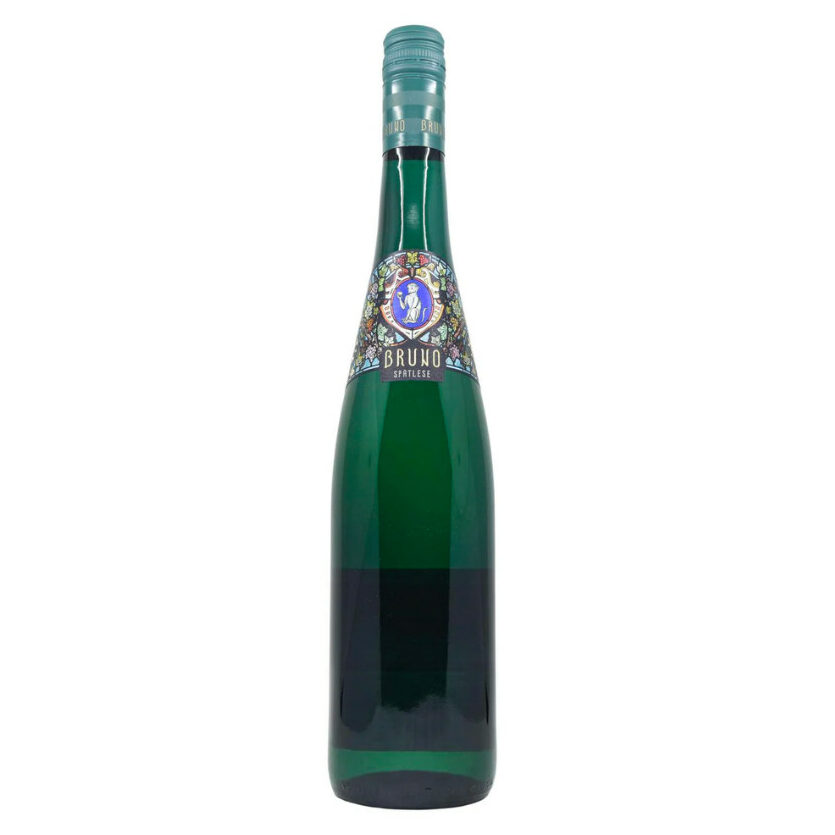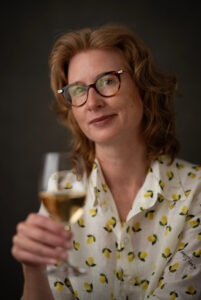
Jennifer Simonson
Jennifer is a writer, photographer and wine enthusiast who publishes a blog called Bookworm, in which she pairs wine with books. It combines two of her favorite pastimes and is intended to make both reading and sipping wine more enjoyable. She recently received her WSET Level 3 in Wines certification through France 44 Wine & Spirits Education. She lives in Linden Hills and enjoys running around the city lakes, gardening, cooking and making art.
Have you ever noticed how your most memorable conversations about wine and about literature can sound much the same? Think about some descriptors you might use to tell a friend about a recent wine discovery or an immersive new novel, and observe the overlap. Intriguing, complex, provocative, vibrant, gripping, lingering.
While reading tends to be a solitary activity, we come together in book clubs seeking an exchange of ideas. As humans we crave this connection – one that occurs so naturally when we share a bottle of wine, as well. At their best, both pastimes allow for engaging discussion, laughter, mild disagreement, and fresh insight.
So, why not combine the two? I pair wine with books (not unlike food pairing) in hopes of creating an experience that elevates my enjoyment of both. Fiction, nonfiction, poetry, even graphic novels and cookbooks are all candidates for a pairing. If you are hosting a book club and are wondering what to pour, you can try it, too. Here’s a guide to find that “perfect” wine partner for your book.
Truthfully, most books will pair wonderfully with several wines. We all have different preferences, and an outstanding pairing for one person might not work for another. You will have the most success if you let curiosity and creativity be your guides.
A straightforward starting point is to consider the literary genre, the author, or the author’s intent. For example, if the book is a mystery, I might look for a complex wine that would require all of my senses to discover its various aromas and flavors. Or, if the novel is an author’s debut, pair it with a wine from a new or up-and-coming winemaker. Is the story intended to uplift? Then, perhaps, bubbles are appropriate.
Another approach is to think about which elements in a book are essential to the story and/or resonate mostly strongly with you. Noteworthy considerations are the characters and their relationships, the point of view, and the setting. Ask yourself if you learned anything new or surprising, and think about your overall impression after finishing the book. There’s pairing potential in each of these details.
For example, in Hernan Diaz’s Pulitzer Prize-winning novel Trust, four characters tell the same story, each from his or her own perspective. I paired this book with Chardonnay, a grape variety that is as malleable as this story. Chardonnay can taste very different, depending upon the winemaker telling its “story.” This pairing’s success is less about a specific bottle of Chardonnay – any of your favorites will do – and more about how winemakers shape it to achieve specific results on the nose and palate.
And lastly, remember not every pairing needs to be congruent. It can be interesting to seek out contrast. For example, can a grief-filled novel be balanced with a bright and fruity wine? The decision is up to you. Sometimes I taste several wines before settling on the just the right one.
The search for new and interesting connections between fine wine and literature is a process of discovery. Happily, with so many wines to taste and books to read, the possibilities are truly endless. For more pairing ideas, visit my Bookworm Blog. Each monthly post includes a complete book review, a wine tasting note, and a detailed explanation about why the pairing works.
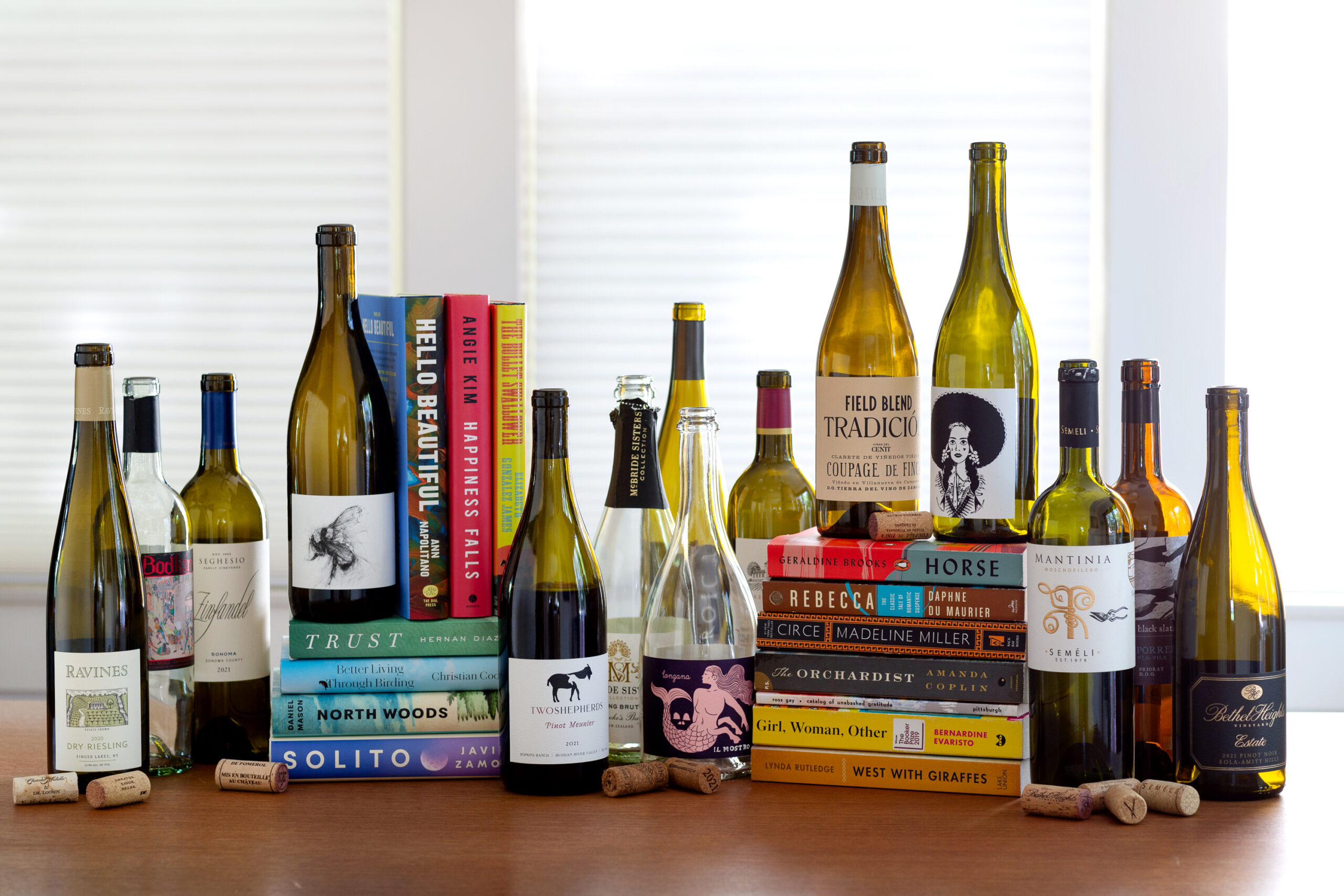
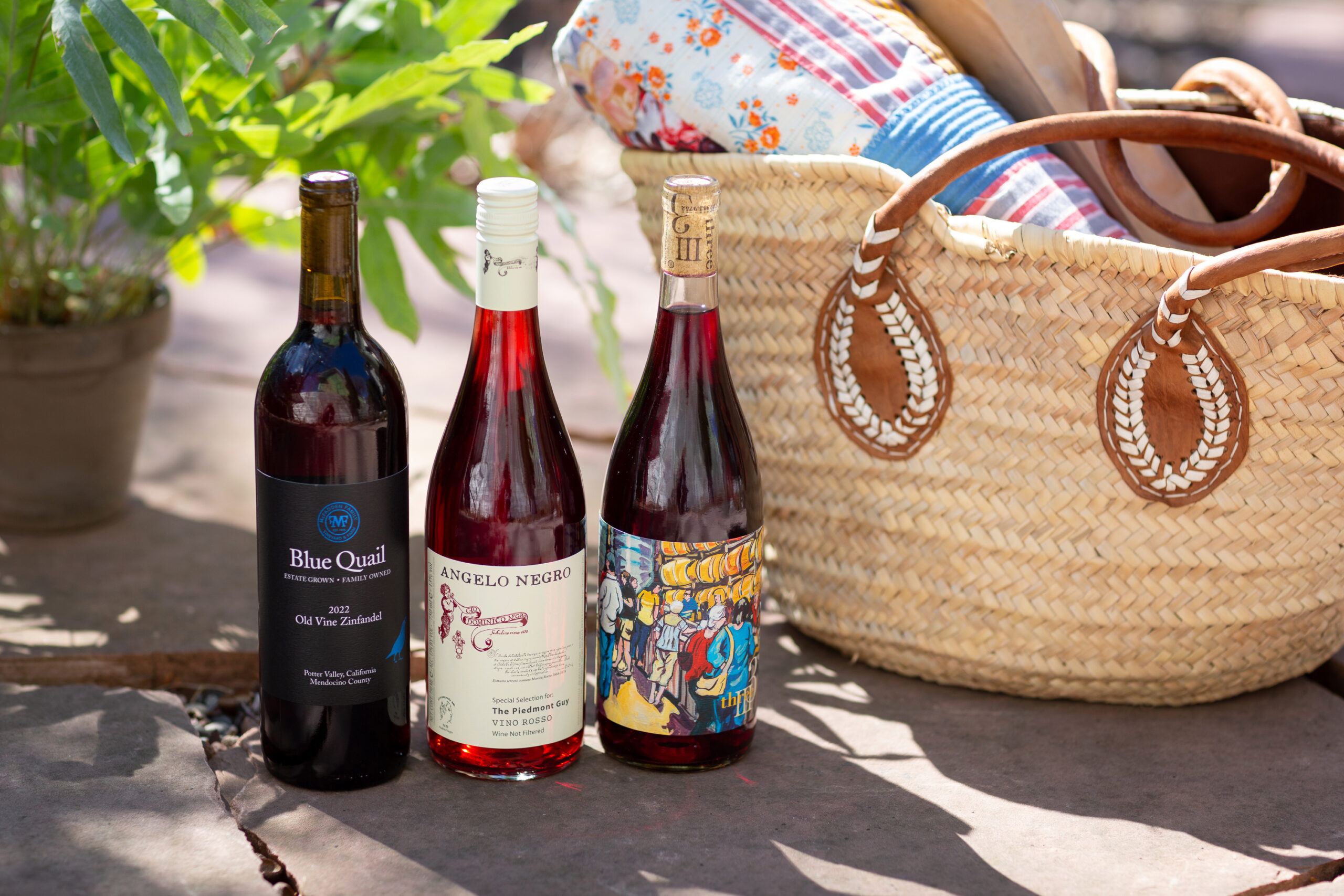
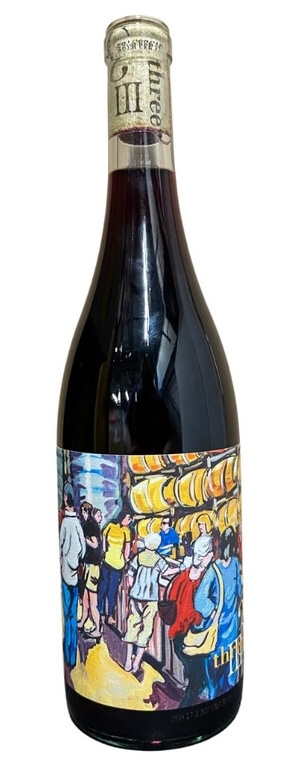 This juicy wine strikes the perfect summertime balance between ripe and tart fruit. On the nose find red cherry, red raspberry, blackberry, cranberry, red currant, plus a touch of baking spice. With light body, high acidity and low tannin, this wine can be paired with just about anything. Buy a case for your next patio party on a hot summer day – everyone will be happy!
This juicy wine strikes the perfect summertime balance between ripe and tart fruit. On the nose find red cherry, red raspberry, blackberry, cranberry, red currant, plus a touch of baking spice. With light body, high acidity and low tannin, this wine can be paired with just about anything. Buy a case for your next patio party on a hot summer day – everyone will be happy!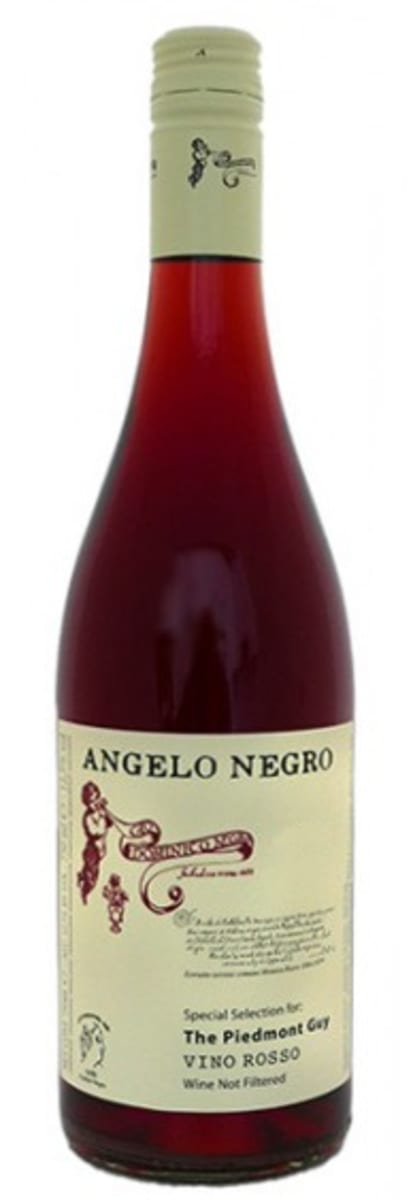 In the carefree spirit of summertime, this expressive red wine made from 100% Brachetto is a sensory adventure. It’s fermented with indigenous yeast in stainless steel and then aged for 5+ months on the lees of Arneis, a white grape variety native to Piedmont. It’s unfiltered and might appear a bit hazy.
In the carefree spirit of summertime, this expressive red wine made from 100% Brachetto is a sensory adventure. It’s fermented with indigenous yeast in stainless steel and then aged for 5+ months on the lees of Arneis, a white grape variety native to Piedmont. It’s unfiltered and might appear a bit hazy. Most of us are familiar with full-bodied, rich and jammy California Zinfandel. But what happens to the wine when those Zinfandel grapes are grown in a cooler climate? The wine becomes almost “Beaujolais-esque,” like this one from Blue Quail exhibiting a lighter body, elevated acidity and medium alcohol at 13%.
Most of us are familiar with full-bodied, rich and jammy California Zinfandel. But what happens to the wine when those Zinfandel grapes are grown in a cooler climate? The wine becomes almost “Beaujolais-esque,” like this one from Blue Quail exhibiting a lighter body, elevated acidity and medium alcohol at 13%.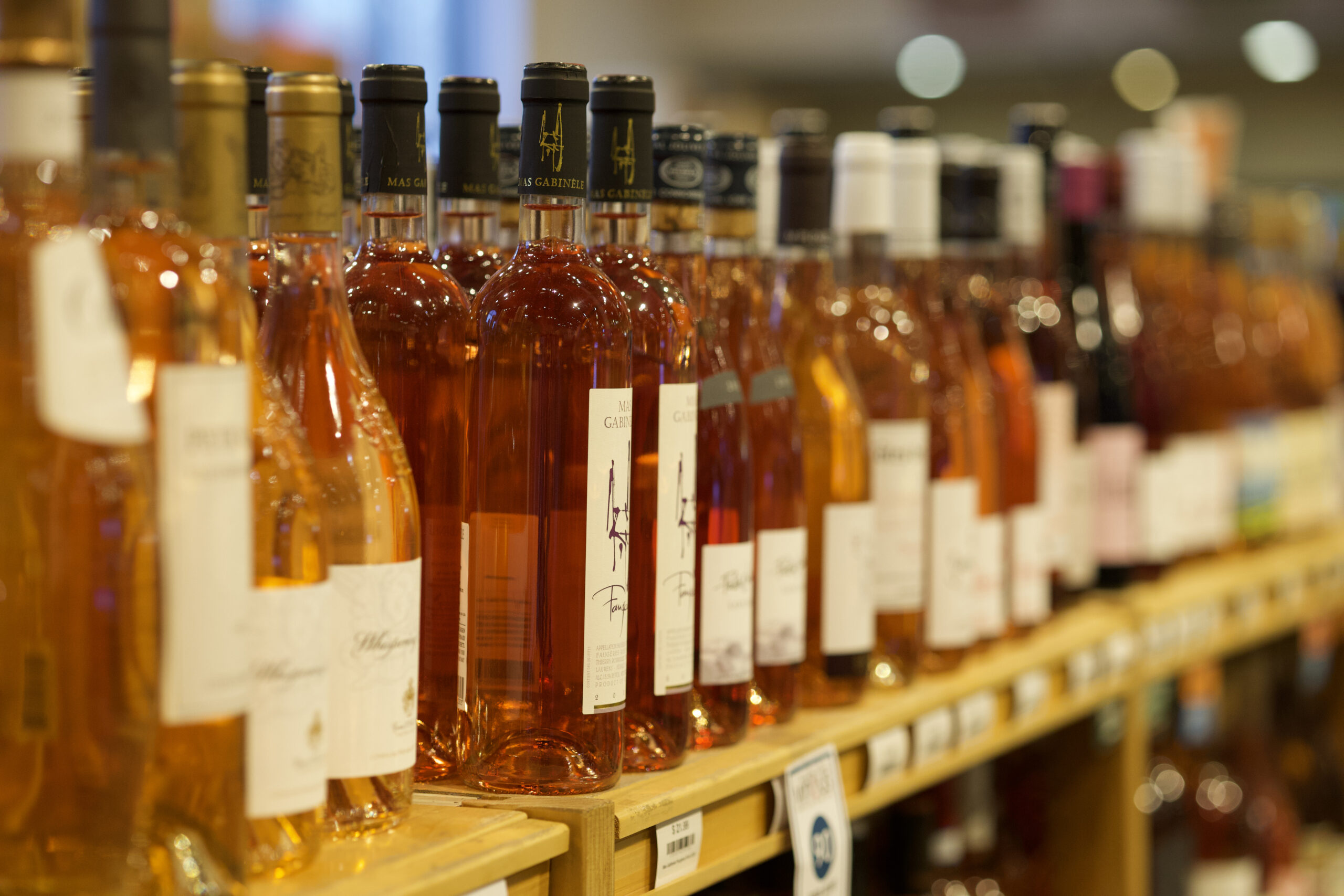

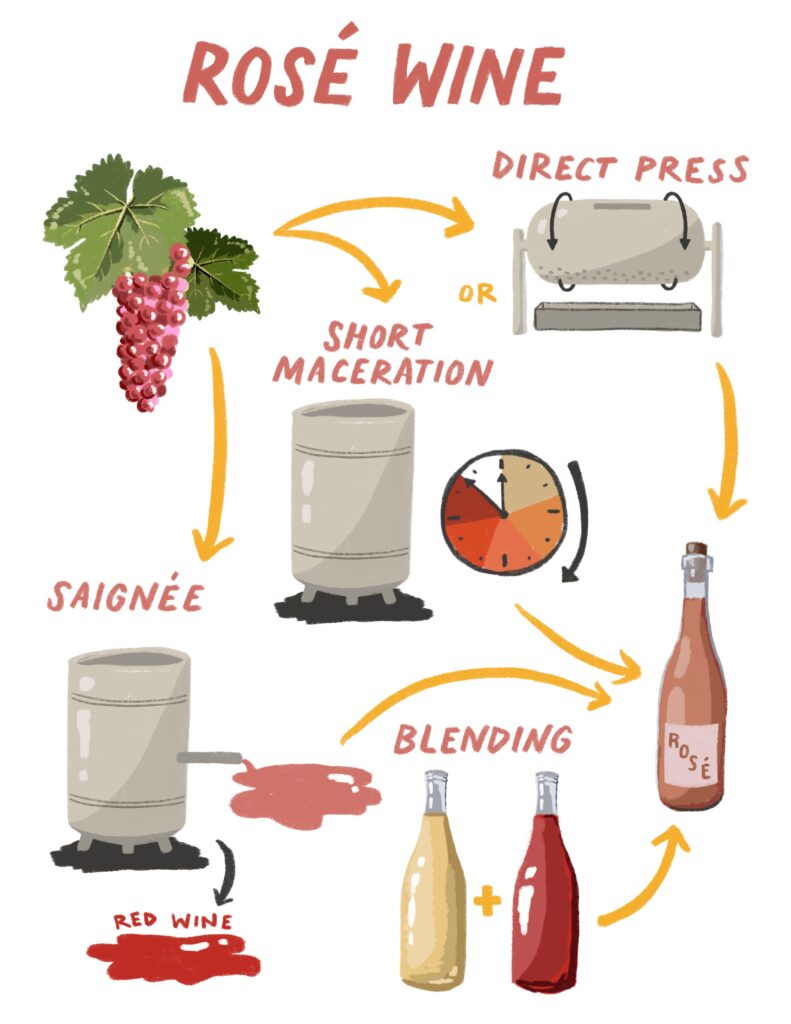 There are three different production methods to create a rosé wine. The first and most common is simply the skin contact, or direct press, method. Once the grapes are crushed, they are allowed to sit on the skins for anywhere between 2-48 hours and in that time the juice picks up the rosé color. The longer the wine sits on the skins the darker the color of the final wine. The second method is the saignée method (French for “too bleed”). This is essentially a byproduct of red wine making, when the winemaker bleeds off a portion of the young ferment to make a rosé with a bit fuller body and more tannin. The final method of rosé production is simply the blending of red and white wines together. This is the least common method as in many regions of the world it is illegal to blend red and white wine together. This method is predominantly seen in Champagne, to produce rosé Champagne.
There are three different production methods to create a rosé wine. The first and most common is simply the skin contact, or direct press, method. Once the grapes are crushed, they are allowed to sit on the skins for anywhere between 2-48 hours and in that time the juice picks up the rosé color. The longer the wine sits on the skins the darker the color of the final wine. The second method is the saignée method (French for “too bleed”). This is essentially a byproduct of red wine making, when the winemaker bleeds off a portion of the young ferment to make a rosé with a bit fuller body and more tannin. The final method of rosé production is simply the blending of red and white wines together. This is the least common method as in many regions of the world it is illegal to blend red and white wine together. This method is predominantly seen in Champagne, to produce rosé Champagne.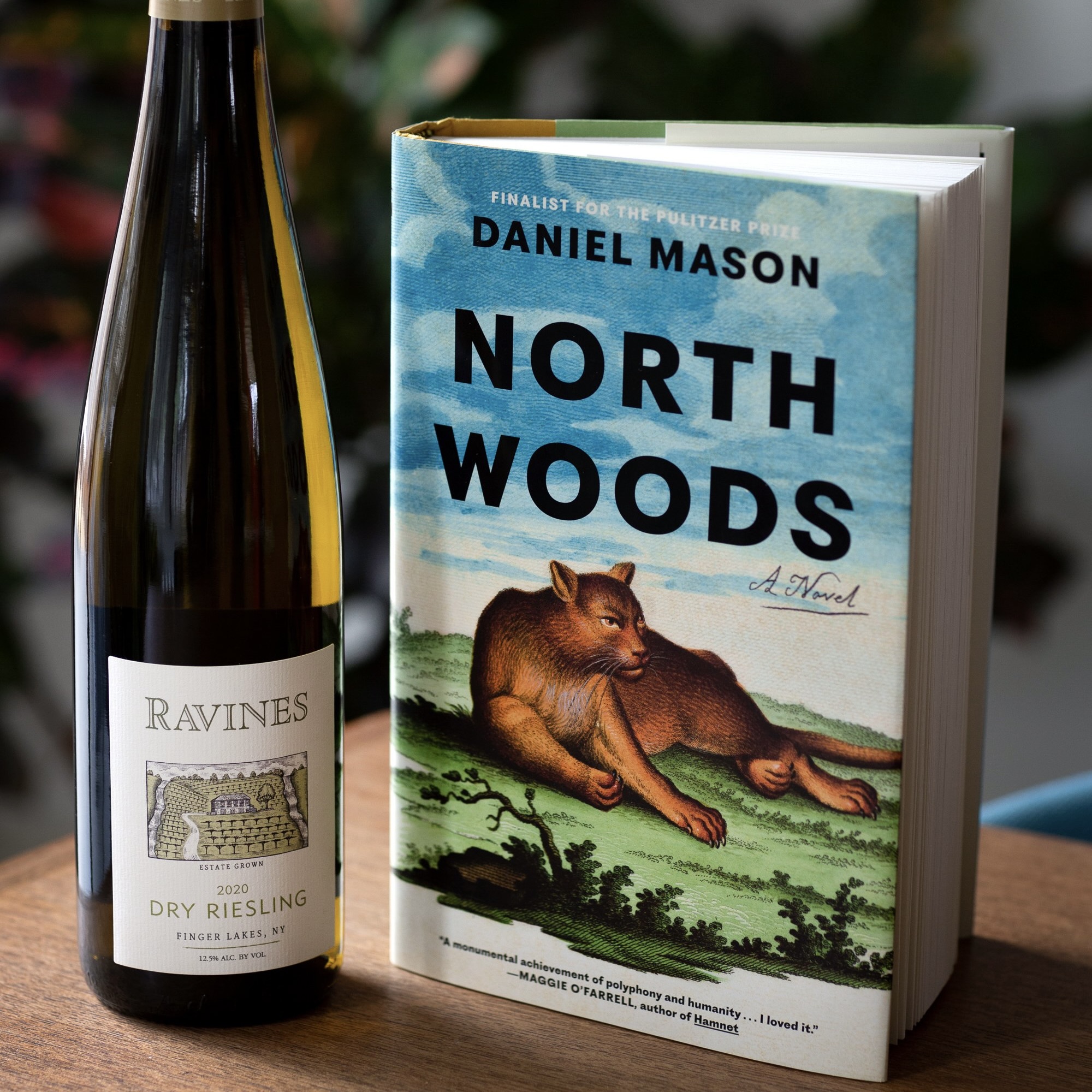
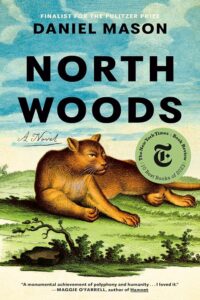 Broadly, this novel is about a home in New England and all of its inhabitants from colonial times to the present day. It’s filled with evocative language, imaginative characters and delightful surprises – and it’s one of the best books I’ve read in years. While the story is dark at times, it’s also humorous and hopeful.
Broadly, this novel is about a home in New England and all of its inhabitants from colonial times to the present day. It’s filled with evocative language, imaginative characters and delightful surprises – and it’s one of the best books I’ve read in years. While the story is dark at times, it’s also humorous and hopeful.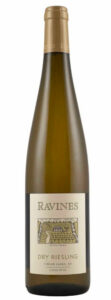
![[C] Von Buhl Pfalz Sekt NV](https://www.france44.com/wp-content/uploads/2024/04/4080248790.jpg)
